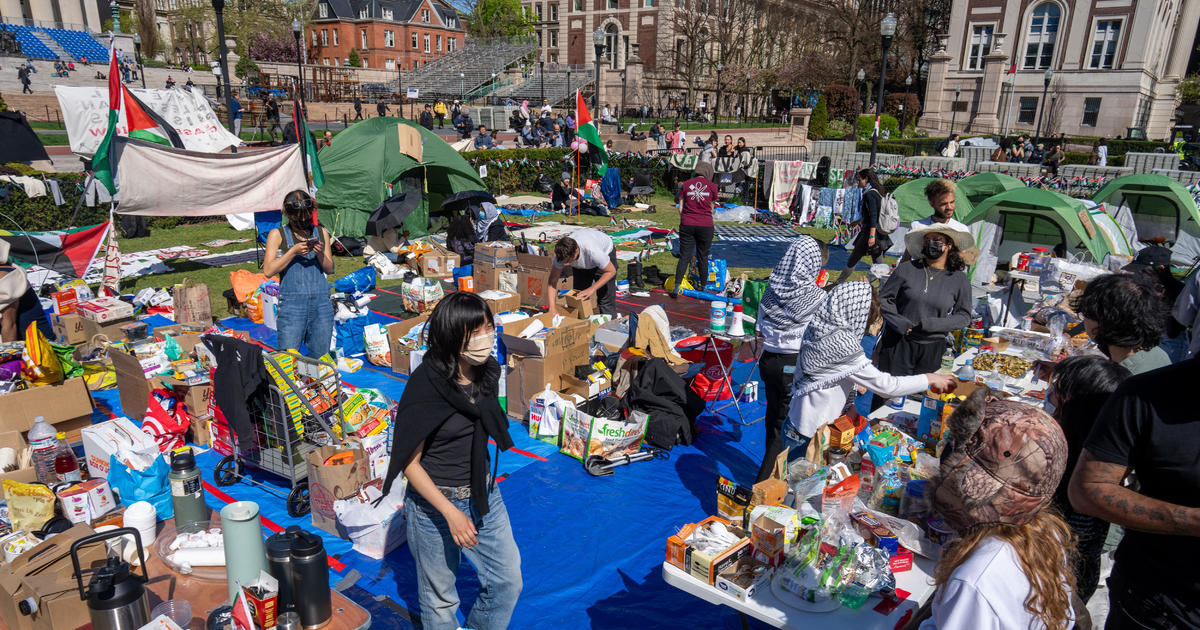How To Eat Locally In The Winter
While the demand and frequency of local farmers' markets might decrease towards the end of the summer season, fall and winter produce selections will satisfy consumers' needs for fresh fruits and vegetables. Dependent on region and climate, varying types of produce will have different peaks in seasonality.
Purchasing or borrowing Alice Waters cookbook "Chez Panisse Vegetables" will help consumers understand seasonality and winter produce options in terms of preparation, cooking and serving mechanisms. For example, Waters describes parsnip-growing season saying, "winter is in fact the peak season for parsnips. They require a three- or four-month growing season, and they develop their sweetest and richest flavors only after a frost, prolonged cold weather or cold storage after harvest."
Besides parsnips, the winter growing season features squash, collards, Brussels spouts and features an array of citrus fruits, including clementines, mandarins, grapefruit and oranges. Apples, pears, pumpkins and persimmons also are optimally picked in the fall and winter.
Eating locally does require some planning. Local farmers' markets always feature in-season produce, and grocery stores do as well. When buying local produce during the winter season, consumers should become aware of their food miles – the distance food travels to reach customers. This is especially important when deciding between local or organic produce. Of course, the best option is to buy local, organic and in season. Organic raspberries from Chile in December have quite a significant carbon footprint compared with locally grown collards. Thus, continuously eating and purchasing local produce while simultaneously supporting local farms is always a good choice.
Summertime canning and preserving helps elongate the produce season. If not equipped to can and preserve items, many hardware and farmers' markets sell these products at decent rates. In addition, freezing excess produce is another choice; however all flavor might not be maintained. Something like thawed summer okra can be used throughout the year for frying to making creole.
Especially for winter, considering membership to Community Supported Agriculture (CSA) organizations will enhance opportunities to consume locally. Members receive an assortment of fresh produce options every week from either the same farm or a few neighboring farms. This helps establish a relationship between farmer and customer and strengthens the value and meaning behind the local produce.
As the leaves turn and fall to the ground, the soil and air becomes cooler, but the change in seasons allow for the growth and development of delicious fall and winter treats.
You May Also Be Interested In These Stories
Isabel Sepkowitz is a freelance writer. She is an environmentalist who values sustainability, education, and innovation for the emerging green economy. Her work can be found on Examiner.com.



